Only True ’90s Kids Will Remember These 13 Vintage Foods
Food in the 1990s followed the same pattern as the rest of the decade—accessible, bold, and a little experimental. Grocery store shelves expanded with new convenience items, restaurants leaned into creative trends, and kids’ lunches featured more packaged snacks than ever before.
These are the foods that defined how people ate during that time.
Stuffed Crust Pizza

Credit: Wikimedia Commons
Pizza Hut launched stuffed crust pizza in 1995, and it became one of the chain’s most successful innovations. The idea was simple: seal mozzarella inside the crust to turn the outer edge into its own thing. It flipped expectations about how a slice should be eaten.
Sun-Dried Tomatoes

Credit: Wikimedia Commons
These tomatoes were everywhere; often scattered over pasta, baked into focaccia, or tossed into salads. Their concentrated flavor came from drying ripe tomatoes and then packing them in oil or herbs. American cooks associated them with Mediterranean cuisine, even though traditional Italians rarely use them this way.
Crab Cakes

Credit: Getty Images
By the late 1990s, nearly 75% of crab meat sold in the U.S. came from imports, which ended up overtaking domestic production. Imported crab meat rose from 11.6 million pounds in 1997 to over 20 million pounds just a year later. This shift helped crab cakes show up well beyond the Mid-Atlantic, with restaurants in landlocked cities adding them to menus.
Baked Brie

Credit: Getty Images
Guests hovered around baked brie at cocktail parties, especially during holidays. The dish typically involved wrapping a wheel of brie in puff pastry with jam or fruit preserves, and baking it until warm.
Tall Food
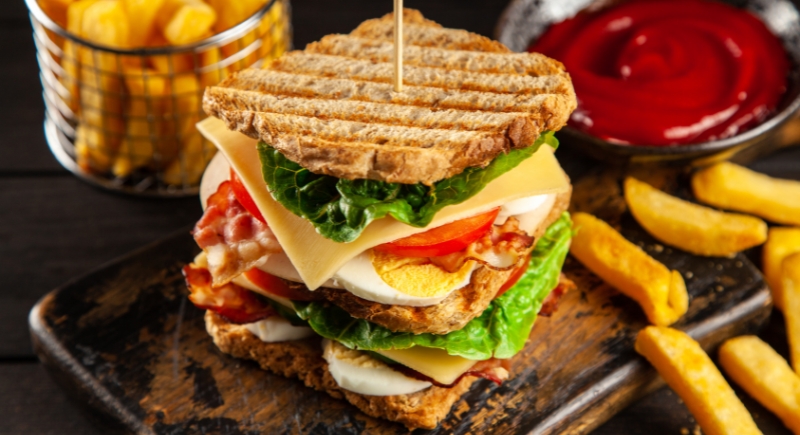
Credit: Canva
Tall food became the trend to watch. Chefs constructed meals vertically by layering ingredients into upward towers instead of spreading them across the plate. Alfred Portale at Gotham Bar & Grill helped lead the charge.
Focaccia
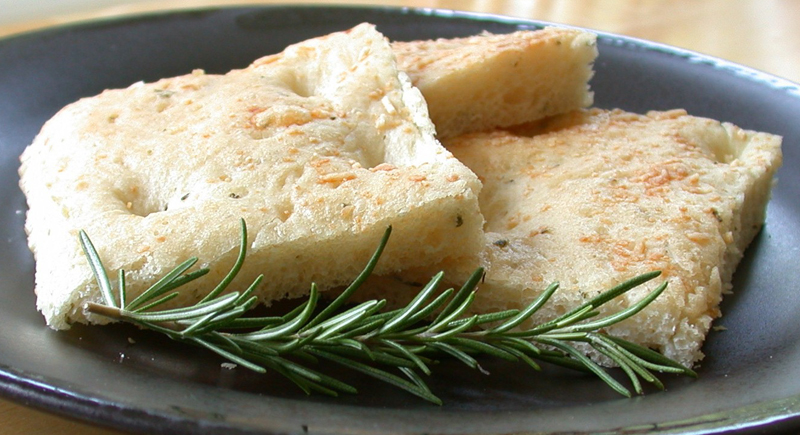
Credit: Wikimedia Commons
Restaurants used focaccia to replace plain rolls in bread baskets. Bakers mostly topped it with olive oil, rosemary, or onions, and served it warm. It paired well with soups, salads, or antipasto platters. It remains a common base for sandwiches and occasionally resurfaces in home baking trends thanks to its forgiving texture.
Chinese Chicken Salad

Credit: Wikimedia Commons
Though not based on traditional Chinese dishes, the salad became well-known for its texture and balance of sweet and savory. It combined iceberg lettuce, crispy noodles, grilled chicken, sesame dressing, and sometimes mandarin oranges or slivered almonds. The light, crisp appeal delivered strong flavor and made it a reliable choice for lunch.
Molten Lava Cake
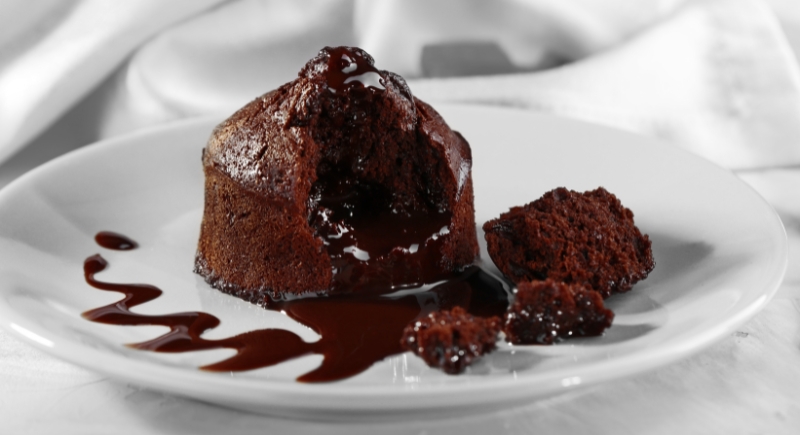
Credit: pixelshot
Jean-Georges Vongerichten often gets credit for creating this dessert by accident in the late ‘80s. Chains like Chili’s and Applebee’s ran with it during the ‘90s. Some versions used real ganache, while various others just relied on underbaking.
Hot Pockets
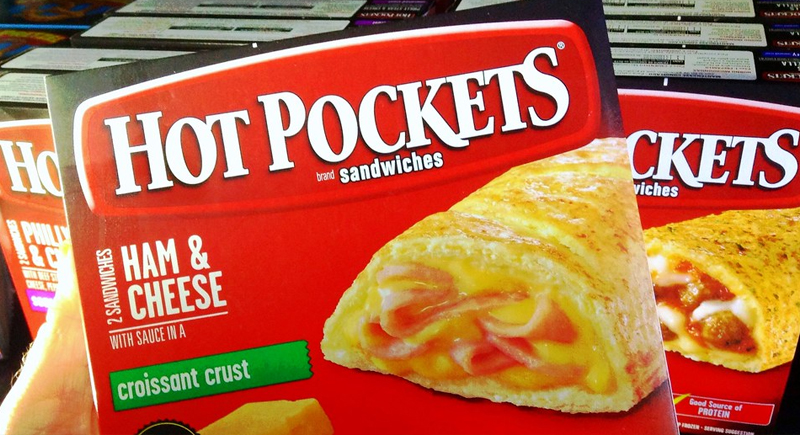
Credit: flickr
Microwave meals rarely offered much variety, but Hot Pockets gave people a warm, cheesy center wrapped in a soft crust, ready in just a few minutes. Flavors like pepperoni pizza and ham and cheese hit familiar cravings without the wait. The packaging kept things relatively mess-free.
Tuna Mac and Cheese
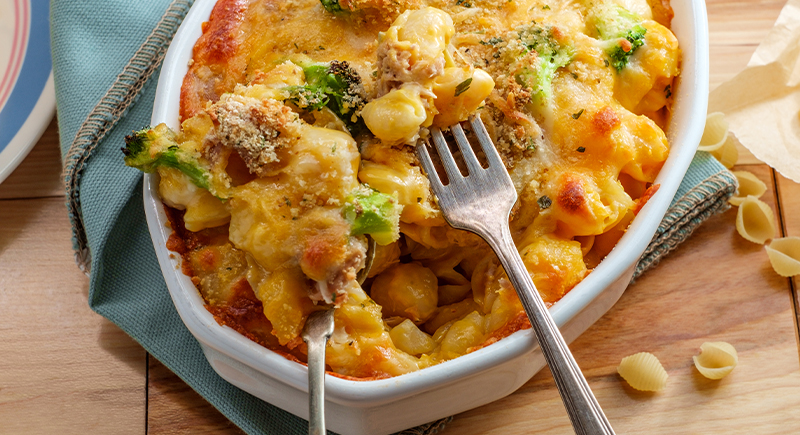
Credit: iStockphoto
Mixing canned tuna into boxed macaroni and cheese wasn’t new, but it surged in popularity during the decade. It worked as a one-pot meal that stretched ingredients and used pantry staples. Various versions included peas or breadcrumbs, though various families chose to keep it simple.
Barbecue Chicken Pizza

Credit: pexels
Swapping tomato sauce for barbecue sauce gave barbecue chicken pizza a sweet, smoky twist. California Pizza Kitchen popularized the style by combining grilled chicken, red onions, mozzarella, and cilantro. Currently, frozen food brands, local pizzerias, and even national chains keep this item on the menu.
Kudos Bars

Credit: Instagram
Mars originally made Kudos Bars, and they stayed on shelves through the early 2000s. They were marketed as granola snacks, the kind you might toss into a lunchbox thinking they offered something mildly nutritious. In reality, they tasted like candy—chocolate-coated, loaded with mini M&M’s or peanut butter chips, and undeniably sweet.
Toaster Strudel

Credit: flickr
Pillsbury launched Toaster Strudel as a more premium alternative to Pop-Tarts. The frozen pastries were toasted into golden layers and included a separate icing packet for a custom finish. Apple, strawberry, and blueberry were the most common flavors, but limited editions rotated at times.
Doritos Casserole
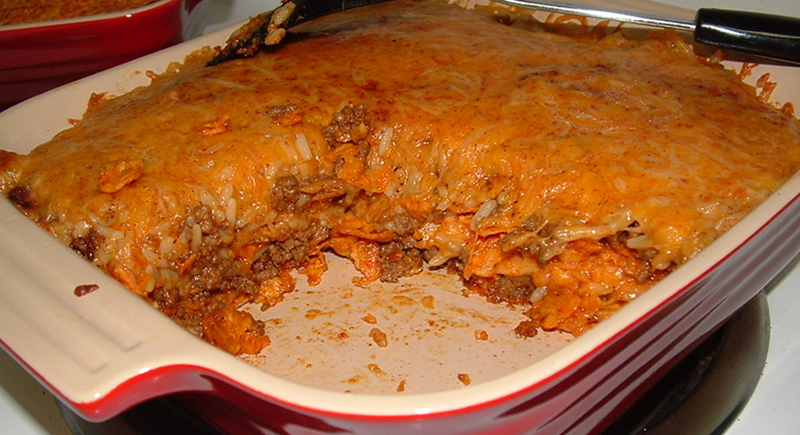
Credit: flickr
Home cooks layered crushed Doritos with cheese, salsa, sour cream, and either shredded chicken or ground beef. Though it never reached eateries, it became one of those passed-down home dishes that made the rounds during the decade, especially in the Midwest and South.
Barbie Cake

Credit: flickr
Birthday parties usually revolved around cake, and few made a bigger statement than the Barbie version. A full-size doll stood in the center of a dome-shaped cake, decorated with layers of frosting and food coloring to resemble a flowing dress. Families ordered them from bakeries or made their own using bundt pans.